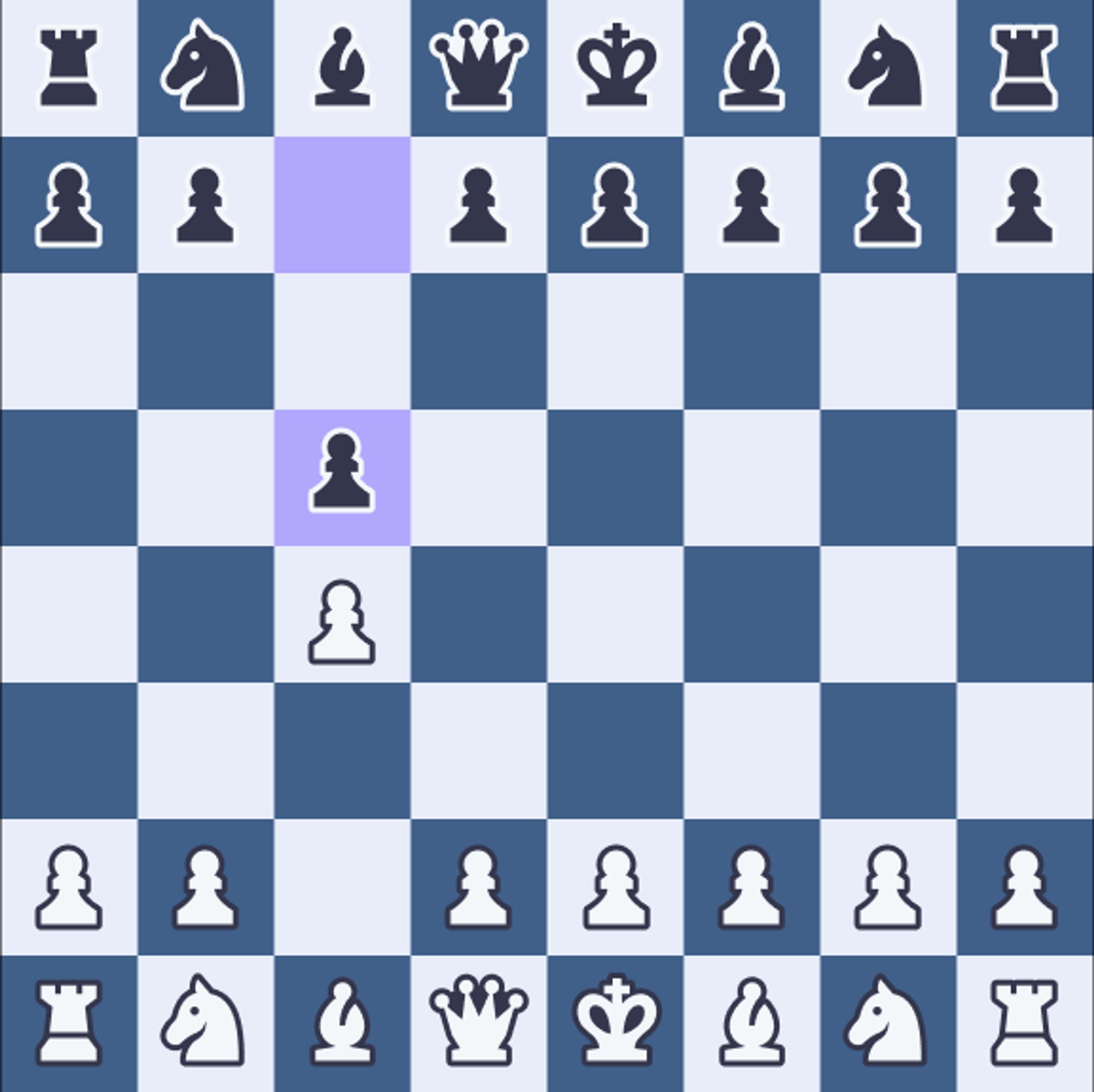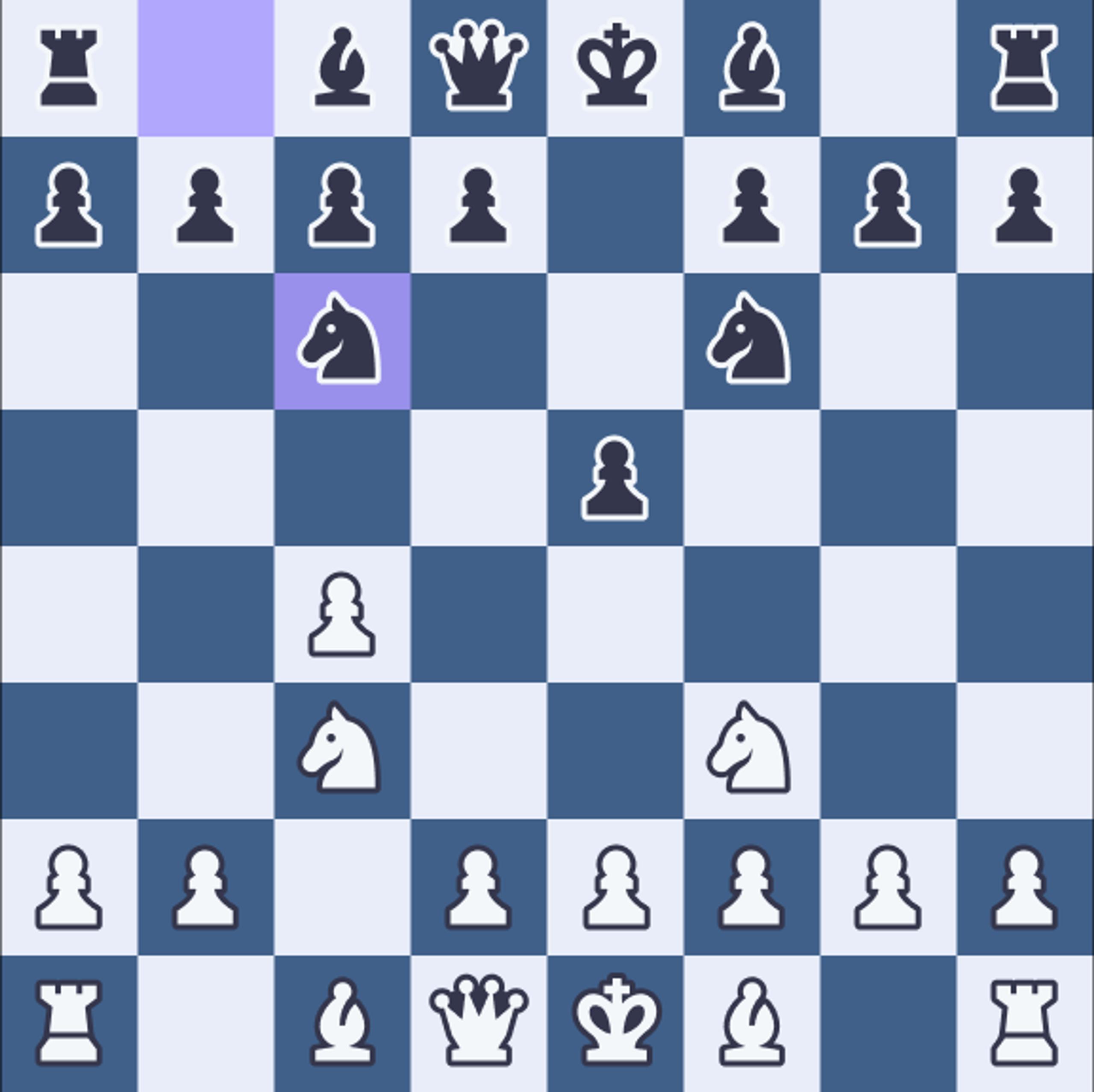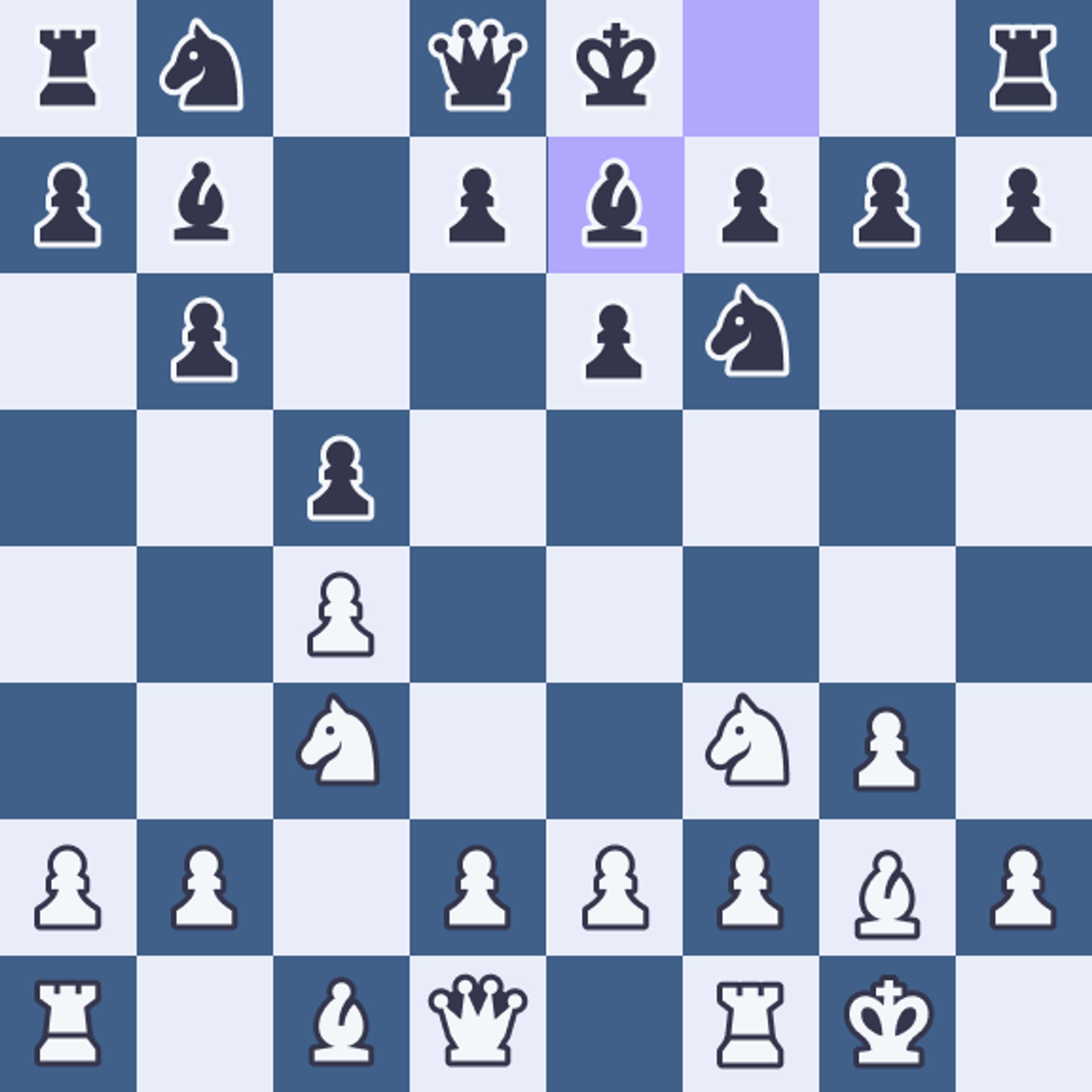♟️ English Opening – Master the Flank Strategy for Positional Dominance

🚀 Why Play the English Opening?
The English Opening, initiated with 1.c4, is a flexible and strategic choice that allows White to control the center from the flanks. This opening is favored by players who prefer a positional game over immediate tactical skirmishes. It's been employed by world champions like Mikhail Botvinnik, Garry Kasparov, and Magnus Carlsen, showcasing its effectiveness at the highest levels.
1.c4
The English Opening is a flexible and strategic choice that allows White to control the center from the flanks. It's been employed by world champions like Mikhail Botvinnik, Garry Kasparov, and Magnus Carlsen, showcasing its effectiveness at the highest levels.
The English Opening has been a favorite of many world champions, including Mikhail Botvinnik, Garry Kasparov, and Magnus Carlsen. Its flexibility and strategic depth make it a powerful weapon in the hands of players who understand its principles.
🧠 Key Strategic Ideas in the English Opening
For Black:
- ✓Symmetry and Counterplay: Mirror White's moves to maintain balance and look for counterattacking opportunities.
- ✓Central Breaks: Aim for ...d5 or ...e5 to challenge White's central control.
- ✓Piece Activity: Develop pieces to active squares, ready to exploit any overextensions by White.
For White:
- ✓Control the Center from the Flanks: Utilize the c4 pawn and fianchettoed bishop to exert pressure on central squares.
- ✓Flexible Pawn Structures: Delay central pawn moves to adapt to Black's setup.
- ✓Queenside Expansion: Prepare for b4 and a3 to gain space and initiate attacks on the queenside.
📈 How to Train the English Opening with ChessLine
Memorizing dozens of lines is NOT the goal. With ChessLine, you can:
- ✓ Build a personalized English Opening repertoire tailored to your playing style and level.
- ✓ Practice key ideas and moves using our integrated Move Trainer.
- ✓ Explore AI-recommended lines that align with your typical positions.
- ✓ Understand the rationale behind each move with guided strategy explanations.
- ✓ Adapt your lines over time as you grow stronger and face diverse opponents.
Main Variations of the English Opening
The English Opening offers a variety of strategic options:

Symmetrical Variation: 1.c4 c5 - Both sides mirror each other's moves, leading to balanced positions with subtle strategic nuances.

Reversed Sicilian: 1.c4 e5 - White adopts a setup similar to the Sicilian Defense but with an extra tempo, allowing for dynamic play.

Four Knights Variation: 1.c4 e5 2.Nc3 Nf6 3.Nf3 Nc6 - A classical development scheme leading to rich middlegame positions.

Botvinnik System: 1.c4 Nf6 2.Nc3 e6 3.e4 - White builds a solid center, preparing for a kingside fianchetto and long-term pressure.

Hedgehog System: 1.c4 c5 2.Nf3 Nf6 3.g3 b6 4.Bg2 Bb7 5.O-O e6 6.d4 cxd4 7.Qxd4 d6 - Black adopts a compact setup, waiting for the right moment to counterattack.

🎯 Is the English Opening Right for You?
Prefer positional and strategic play over immediate tactics.
Enjoy flexible setups that can adapt to various defenses.
Seek an opening that emphasizes understanding over memorization.
Want to control the game from the flanks, leading to rich middlegame positions.

Why This Opening Is a Top Choice
Flexibility: Allows for various transpositions and adaptable strategies.
Strategic Depth: Offers complex positions that reward deep understanding.
Reduced Theory: Less reliance on memorizing long lines compared to other openings.
Proven Success: Trusted by world champions and elite players for its effectiveness.
Common Mistakes in the English Opening
Overextending Early: Premature pawn advances without proper support can create weaknesses.
Neglecting Development: Focusing too much on flank operations can delay essential piece development.
Ignoring Transpositions: Failing to recognize potential transpositions can lead to unfamiliar and disadvantageous positions.
📢 Ready to Master the English Opening?
Train smarter with ChessLine:
Build your personalized English Opening repertoire.
Practice key ideas with our AI-powered Move Trainer.
Understand your openings—not just memorize them.
